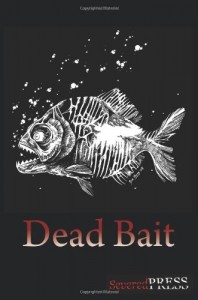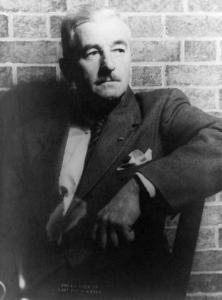Many years ago I read somewhere that all stories, without exception, are about the human condition. The writer stated made it sound like one of those obvious statements that require no explanation, as if any doubting reader must be stupid. It may seem obvious to you, too. However, I stopped reading and thought about the statement in a critical manner.
First, any bold statement that all members of a class of things (stories) exhibit some property (are about the human condition) is subject to the simplest of tests for accuracy. All the skeptic has to do is come up with a single counter-example—just one!—and that disproves the statement.
The statement can’t be true, I thought. There are a few stories that have no human characters at all, and these stories are clearly about animals or extraterrestrial aliens, etc. Surely these stories serve as counter-examples to disprove the statement.
On further reflection, I realized they aren’t counter-examples at all. Even stories without any humans in them are about humans. This is because the characters, however inhuman, are serving as metaphors referring to some aspect of the human experience. Consider any story you’ve read that has no human characters in it, and you’ll see this is true of that story, too.
Okay, so all stories are about the human condition. What exactly is that? The human condition is the state in which essentially all humans find themselves—the common attributes of our existence, many of which are unique to humans. These include the fact that:
- We are born. We also will die, and for most of us, the date of death is unknown.
- We are conscious and self-aware, but we do not know what happens to our consciousness at death. Because of that, we have a fear of death and seek to preserve ourselves, to delay or avoid death.
- We are divided, as a species, into two genders which have similarities and differences.
- We mature as we grow from a helpless infant stage through childhood to adulthood.
- We are a social species, with complex and varied social structures, and a need to interact with each other.
- We have developed methods to communicate with each other to some degree, but cannot know for certain what our fellow humans are thinking.
- We are all born on a single planet, a planet with many fascinating features.
- We are curious about our world and about ourselves; we seek to understand more.
- We are able to fashion tools, to manipulate resources in ways we find useful, though we are not always successful in this.
- We have fragile bodies that are easily damaged.
- Our minds are limited and we make mistakes.
 Obviously I could go on and on. When you think about it, the shared human condition is quite a narrow one, and it’s easy to imagine that any of these attributes might have been different. Although the condition is very constrained, it still allows for an infinite number of stories within those limits. Story writers may assume their readers know and understand all of the attributes of the human condition without having to explain any of them. Moreover, writers of stories can play at the edges of any of the boundaries, and even go beyond them.
Obviously I could go on and on. When you think about it, the shared human condition is quite a narrow one, and it’s easy to imagine that any of these attributes might have been different. Although the condition is very constrained, it still allows for an infinite number of stories within those limits. Story writers may assume their readers know and understand all of the attributes of the human condition without having to explain any of them. Moreover, writers of stories can play at the edges of any of the boundaries, and even go beyond them.
So far, all writers are human and all readers are human. In a sense, writers can’t help writing about the human condition. It’s all we know, and it’s what readers want to read about. Someday, many of the attributes of the human condition may no longer be true. Someday we will likely encounter another sentient species and human authors can write about that species’ condition, and our interactions with them, perhaps even write stories for the other species’ readers.
Until then, all stories are about the human condition. If you still doubt me, leave a comment for–
Poseidon’s Scribe





